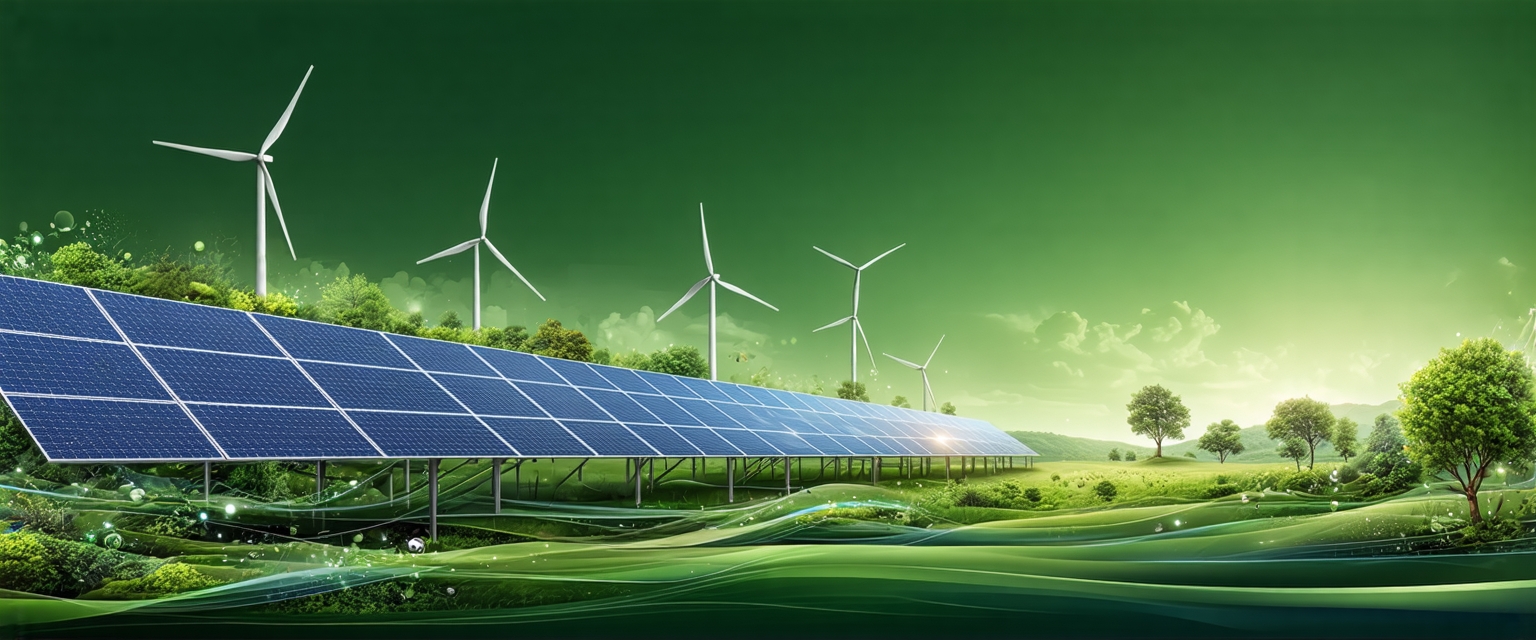






The global push towards green technology is driven by the escalating climate crisis and the urgent need to transition away from fossil fuels. Decades of industrial activity have led to significant environmental damage, prompting governments, businesses, and individuals to seek sustainable alternatives. This shift represents not only an environmental imperative but also a significant economic opportunity.
Recent advancements in renewable energy sources, such as solar and wind power, have significantly reduced their costs, making them increasingly competitive with traditional energy sources. Battery technology is also rapidly improving, enhancing the storage and reliability of renewable energy systems. Beyond energy, advancements in sustainable agriculture, green building materials, and carbon capture technologies are gaining momentum.
The development of more efficient electric vehicles (EVs) coupled with growing charging infrastructure is another pivotal development. Furthermore, companies are actively investing in circular economy models, focusing on waste reduction and resource reuse.
According to a report by the International Renewable Energy Agency (IRENA), renewable energy capacity additions need to triple by 2030 to keep the global temperature increase below 1.5°C. Dr. Fatih Birol, Executive Director of the International Energy Agency (IEA), has emphasized the crucial role of policy support and investment in accelerating the green energy transition. Many experts also highlight the need for a holistic approach, integrating technological advancements with societal changes and policy frameworks.
The transition to green technology faces significant challenges. These include the high upfront costs of some technologies, the need for robust grid infrastructure to support renewable energy, and potential supply chain disruptions. However, the opportunities are immense. The green technology sector is expected to create millions of jobs globally and drive economic growth in emerging markets.
Looking ahead, further research and development are crucial to enhance the efficiency and affordability of green technologies. Policymakers need to create supportive regulatory frameworks, incentivize innovation, and address potential social equity concerns. Increased public awareness and engagement are also vital for a successful transition.
“`